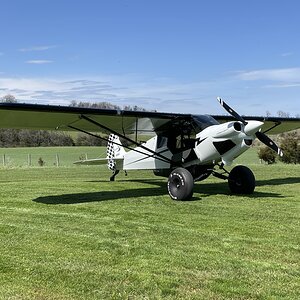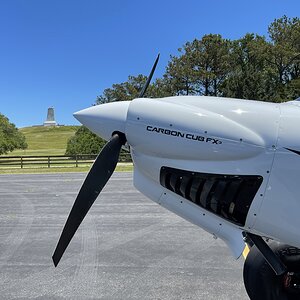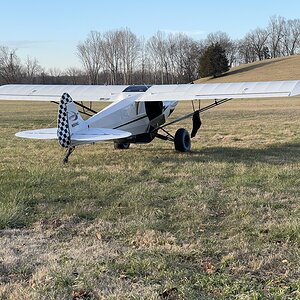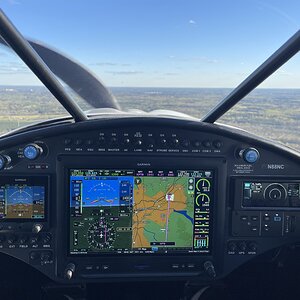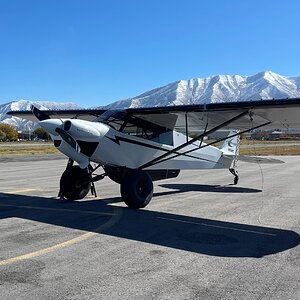CaptLeslie
Member
- Joined
- Apr 15, 2003
- Posts
- 21
18,000 feet is the fixed transition level in the US?
Europe is considering having a fixed level. Some have suggested 10.000' while others say – lets do the same as the US.
Does any of you know why we picked exactly 18.000 feet and not another fixed altitude?
Can you see any advantages or disadvantages of having a lower fixed transition level – for example 10.000ft?
Europe is considering having a fixed level. Some have suggested 10.000' while others say – lets do the same as the US.
Does any of you know why we picked exactly 18.000 feet and not another fixed altitude?
Can you see any advantages or disadvantages of having a lower fixed transition level – for example 10.000ft?
Last edited:

